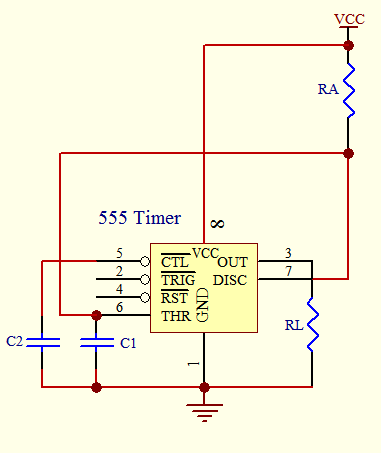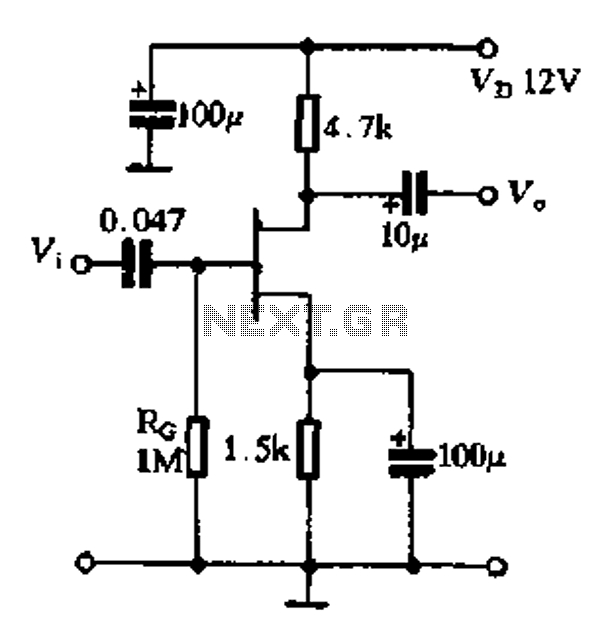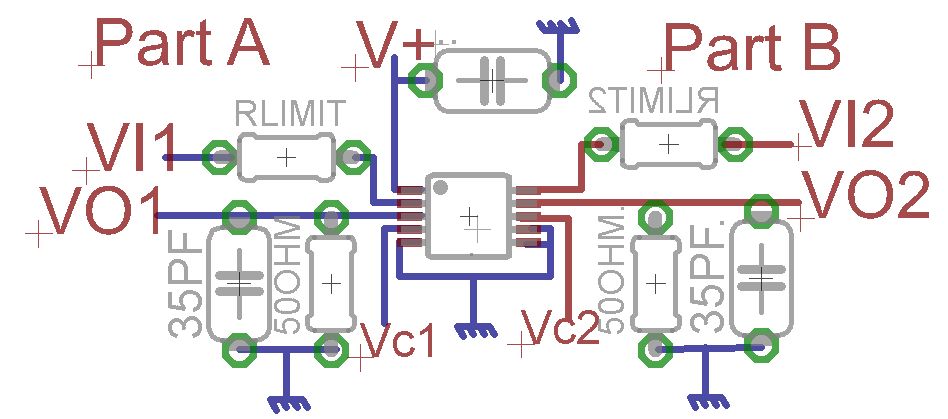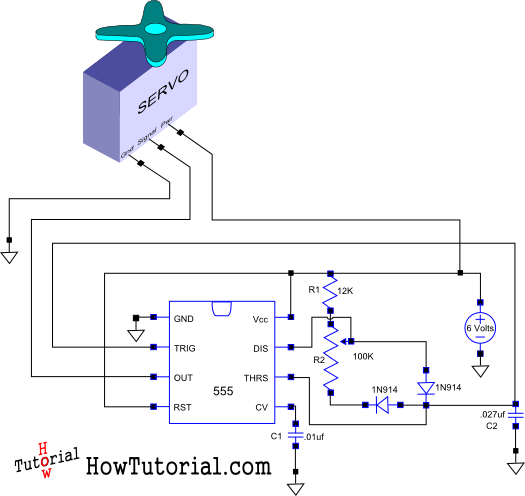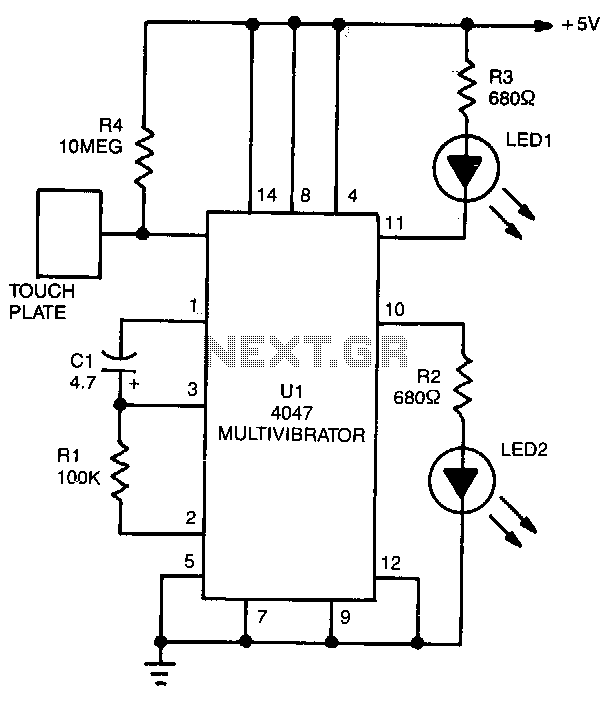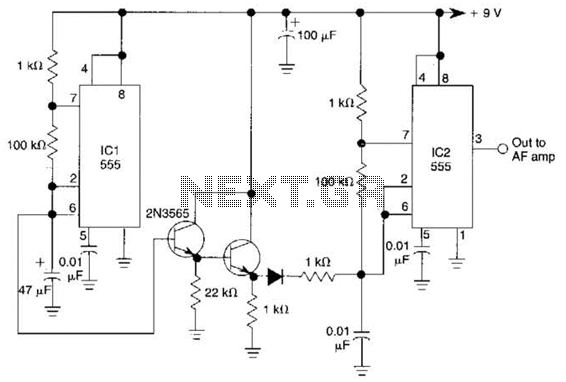
Class A amp circuit
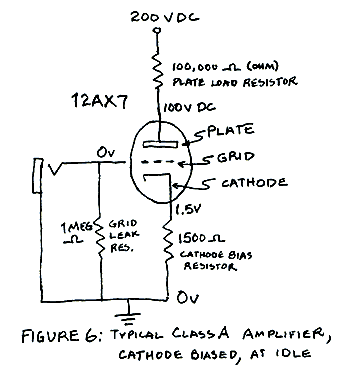
The two amplifiers in question share many features, differing primarily in their power sections. This allows for a combined understanding of their characteristics. Auditioning both amplifiers will provide insights into the musical differences between Class A and Class AB configurations, as well as the sonic distinctions between 6L6 and EL-84 power tubes. The Lone Star Special retains the features of the original Lone Star model, excluding the Tweed Power feature. It includes a two-channel preamp with a switchable Drive mode for Channel Two, a reverb with a Bright switch, an all-tube FX Loop with a hard-bypass relay, and an aluminum chassis. The major difference lies in the output tubes; while the Lone Star uses four 6L6 tubes with switchable power settings of 50 or 100 watts, the Special employs four EL-84 tubes, known for their distinct sound. The 6L6 tubes provide a warm tone with high headroom, while the EL-84 tubes produce a brighter, chime-like sound, with switchable power levels of 30, 15, or 5 watts. This versatility makes the EL-84 configuration ideal for various performance settings, allowing players to achieve different tonal qualities depending on their needs.
The Lone Star Special amplifier is designed to cater to diverse musical preferences, integrating advanced features that enhance its functionality. The amplifier operates with a two-channel preamp, allowing musicians to switch between different tonal characteristics easily. The switchable Drive mode for Channel Two provides additional versatility, enabling users to achieve a range of overdriven sounds suitable for various musical styles.
The reverb feature, equipped with a Bright switch, enhances the overall sound quality by adding depth and dimension. The all-tube FX Loop, which includes a hard-bypass relay, ensures that the signal remains pure by completely removing the FX Loop from the signal path when not in use. This design choice is crucial for maintaining the integrity of the audio signal, particularly when using high-quality effects pedals.
The key distinction between the Lone Star and the Lone Star Special lies in their power tubes. The Lone Star utilizes four 6L6 output tubes, which are known for their ability to produce a rich, warm tone with ample clean headroom. This setup allows for switchable power settings of 50 watts or 100 watts, enabling players to adapt to various performance environments. The push-pull Class AB configuration of the 6L6 tubes ensures a balanced output, ideal for clean tones and dynamic playing.
In contrast, the Lone Star Special employs four EL-84 tubes, which are recognized for their bright, chime-like sound. The EL-84 configuration allows for three distinct power levels: 30 watts, 15 watts, and 5 watts, providing musicians with the flexibility to tailor their sound according to the performance context. The 30-watt setting operates in a push-pull parallel configuration, while the ability to switch down to 15 watts or even 5 watts allows for nuanced tonal exploration, particularly in smaller venues or recording environments.
The Special's Class A operation maximizes vintage warmth, particularly at lower power settings. The option to run a single EL-84 tube at 5 watts offers a unique opportunity for players to experience the subtleties of single-ended Class A power, which is often sought after for its rich harmonic content and responsiveness.
Overall, the design of the Lone Star Special amplifier emphasizes versatility and tonal richness, making it suitable for a wide range of musical applications. The thoughtful integration of features and power configurations ensures that musicians can achieve their desired sound, whether performing live or in the studio. This amplifier serves as an excellent tool for players seeking to explore the nuances of different amplifier classes and configurations, enhancing their overall musical expression.Because the two amps are the same except for their power sections, we can combine both those questions so that each one helps to explain the other. And when you get a chance to audition the two amplifiers, you`ll be treated to a demonstration of the musical impact of all the techno-talk you`re about to read.
You`ll be able to directly compare Class A to Class AB, single-ended to push-pull, as well as the inherent sonic differences between 6L6 and EL-84 power tubes. School was rarely this much fun! But hang on because this stuff is pretty deep and no one can expect to understand it all in one shot. I`ve worked with it and thought about it for decades and still have lots to learn. It`s more likely that each time you delve into it, one or two more things will make sense and your understanding will grow step by step.
A little like learning to play an instrument. First, the overview of the two amps: The Lone Star Special includes all of the features of the original Lone Star except Tweed Power. (You`ll see why there`s no need for Tweed in a minute. ) The Special has the same two-channel pre-amp including the switchable Drive mode for Channel Two; the gorgeous Reverb, with its own Bright switch; the all-tube FX Loop with the hard-bypass relay (which totally removes the two Send and Return tubes plus their Level controls and jacks from the signal path); the switchable fan; the aluminum chassis and so on, just like its Big Brother.
But whereas the Lone Star uses four big 6L6 output tubes with channel-assignable power switching of 50 or 100 watts, the Special uses four EL-84s, the crunchy little nine-pin power punks. Each style of power has it own musical virtues, and many players will want both amps. The 6L6s put out huge, airy warmth with shimmering highs and enough clean headroom to play almost anywhere.
These power tubes are run push-pull, Class AB , two for 50 watts, switchable to four in push-pull-parallel for 100 watts, still Class AB. The EL-84s in the Special sound a little more brash and rebellious with their chimey top-end. Again they`re switchable, this time between three different power levels: 30, 15 or 5 watts, assignable per channel.
These power ranges are perfect for individual playing, recording and gigging up to mid-size venues. And the different output and break-up characteristics of the three power levels is incredibly rewarding. The EL-84s are run pure Class A for the maximum in vintage warmth. In the 30- watt position, all four tubes are operating in a push-pull parallel configuration. Then one pair can be switched off to provide 15 watts from the remaining two tubes. But what makes this amp truly Special is the way it can also kick down to just one EL-84 for five watts of preciously nuanced, single-ended, Class A power bliss.
(Patent Pending. ) OK, the rap sounds familiar, you`ve heard most of these terms before because salesmen like to toss them out to get you hyped on an amp and perhaps a little intimidated as well. Players usually nod their heads knowingly, thinking, Yeah, Class A. That`s the best. Isn`t it But few players ever have the nerve to toss it back and ask for a real explanation. And for good reason, too! The salesman probably doesn`t know much more than you do! Yet after reading this (a couple of times) you`ll be way ahead of the crowd. The most important thing for a musician to understand is that the different amplifier Classes and Configurations serve different purposes and styles.
No one is flat-out better. A player looking for maximum clean head 🔗 External reference
The Lone Star Special amplifier is designed to cater to diverse musical preferences, integrating advanced features that enhance its functionality. The amplifier operates with a two-channel preamp, allowing musicians to switch between different tonal characteristics easily. The switchable Drive mode for Channel Two provides additional versatility, enabling users to achieve a range of overdriven sounds suitable for various musical styles.
The reverb feature, equipped with a Bright switch, enhances the overall sound quality by adding depth and dimension. The all-tube FX Loop, which includes a hard-bypass relay, ensures that the signal remains pure by completely removing the FX Loop from the signal path when not in use. This design choice is crucial for maintaining the integrity of the audio signal, particularly when using high-quality effects pedals.
The key distinction between the Lone Star and the Lone Star Special lies in their power tubes. The Lone Star utilizes four 6L6 output tubes, which are known for their ability to produce a rich, warm tone with ample clean headroom. This setup allows for switchable power settings of 50 watts or 100 watts, enabling players to adapt to various performance environments. The push-pull Class AB configuration of the 6L6 tubes ensures a balanced output, ideal for clean tones and dynamic playing.
In contrast, the Lone Star Special employs four EL-84 tubes, which are recognized for their bright, chime-like sound. The EL-84 configuration allows for three distinct power levels: 30 watts, 15 watts, and 5 watts, providing musicians with the flexibility to tailor their sound according to the performance context. The 30-watt setting operates in a push-pull parallel configuration, while the ability to switch down to 15 watts or even 5 watts allows for nuanced tonal exploration, particularly in smaller venues or recording environments.
The Special's Class A operation maximizes vintage warmth, particularly at lower power settings. The option to run a single EL-84 tube at 5 watts offers a unique opportunity for players to experience the subtleties of single-ended Class A power, which is often sought after for its rich harmonic content and responsiveness.
Overall, the design of the Lone Star Special amplifier emphasizes versatility and tonal richness, making it suitable for a wide range of musical applications. The thoughtful integration of features and power configurations ensures that musicians can achieve their desired sound, whether performing live or in the studio. This amplifier serves as an excellent tool for players seeking to explore the nuances of different amplifier classes and configurations, enhancing their overall musical expression.Because the two amps are the same except for their power sections, we can combine both those questions so that each one helps to explain the other. And when you get a chance to audition the two amplifiers, you`ll be treated to a demonstration of the musical impact of all the techno-talk you`re about to read.
You`ll be able to directly compare Class A to Class AB, single-ended to push-pull, as well as the inherent sonic differences between 6L6 and EL-84 power tubes. School was rarely this much fun! But hang on because this stuff is pretty deep and no one can expect to understand it all in one shot. I`ve worked with it and thought about it for decades and still have lots to learn. It`s more likely that each time you delve into it, one or two more things will make sense and your understanding will grow step by step.
A little like learning to play an instrument. First, the overview of the two amps: The Lone Star Special includes all of the features of the original Lone Star except Tweed Power. (You`ll see why there`s no need for Tweed in a minute. ) The Special has the same two-channel pre-amp including the switchable Drive mode for Channel Two; the gorgeous Reverb, with its own Bright switch; the all-tube FX Loop with the hard-bypass relay (which totally removes the two Send and Return tubes plus their Level controls and jacks from the signal path); the switchable fan; the aluminum chassis and so on, just like its Big Brother.
But whereas the Lone Star uses four big 6L6 output tubes with channel-assignable power switching of 50 or 100 watts, the Special uses four EL-84s, the crunchy little nine-pin power punks. Each style of power has it own musical virtues, and many players will want both amps. The 6L6s put out huge, airy warmth with shimmering highs and enough clean headroom to play almost anywhere.
These power tubes are run push-pull, Class AB , two for 50 watts, switchable to four in push-pull-parallel for 100 watts, still Class AB. The EL-84s in the Special sound a little more brash and rebellious with their chimey top-end. Again they`re switchable, this time between three different power levels: 30, 15 or 5 watts, assignable per channel.
These power ranges are perfect for individual playing, recording and gigging up to mid-size venues. And the different output and break-up characteristics of the three power levels is incredibly rewarding. The EL-84s are run pure Class A for the maximum in vintage warmth. In the 30- watt position, all four tubes are operating in a push-pull parallel configuration. Then one pair can be switched off to provide 15 watts from the remaining two tubes. But what makes this amp truly Special is the way it can also kick down to just one EL-84 for five watts of preciously nuanced, single-ended, Class A power bliss.
(Patent Pending. ) OK, the rap sounds familiar, you`ve heard most of these terms before because salesmen like to toss them out to get you hyped on an amp and perhaps a little intimidated as well. Players usually nod their heads knowingly, thinking, Yeah, Class A. That`s the best. Isn`t it But few players ever have the nerve to toss it back and ask for a real explanation. And for good reason, too! The salesman probably doesn`t know much more than you do! Yet after reading this (a couple of times) you`ll be way ahead of the crowd. The most important thing for a musician to understand is that the different amplifier Classes and Configurations serve different purposes and styles.
No one is flat-out better. A player looking for maximum clean head 🔗 External reference
